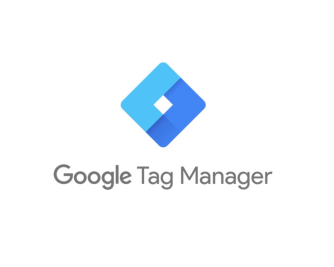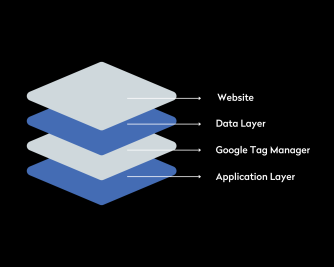
Web 3.0 Explained: How Can Businesses Benefit From It?
First things first, what is web 1 and 2.0?
Web 1.0, or www. as we know it today was the main information retrieval system on the internet encompassing the 90’s through to the early-mid 2000s. It was used as a prefix for web addresses and was one of the first characters typed into an internet browser when searching for a specific resource online. Most of the elements on web pages were static images or text provided by organisations and displayed similar to reading a book, for example a Wikipedia page.
By the mid 2000’s through to 2010 Web 2.0 evolved with the introduction of other factors such as social networking and multimedia e.g. audio and video. Users soon had the ability to interact with pages and sites and create their own content via the likes of social media giants Facebook and Youtube that we are familiar with today.
So, what is web 3.0?
Web 3.0 is the third generation of this evolution and has been most popular since 2020 when it was thrust into the media spotlight. This industry shift is largely attributed to key technologies such as the addition of 'smart contracts' via blockchain technology and the introduction of Artificial Intelligence to optimise existing infrastructure. As a result, not only has a massive structural shift been created, but also a culture shift that is enabling decentralised power to drive this change within a wide variety of communities.
What brands are involved?
Brands across the entire industry spectrum have thrown their digital hats into the ring in an attempt to gain early traction for Web 3.0. This includes but is not limited to the entertainment, creative, fashion, tech, finance, sport, transport, music, food and beverage industries as they all have applicability and opportunity. More specifically;
Disney, Warner Bros, Microsoft, Samsung, Meta/Facebook, Nike (RTFKT), Adidas, Reebok, Coca-Cola, Louis Vuitton, Gucci, Balenciaga, Dolce and Gabbana, Burberry, Ferrari, Hyundai are all household brands which have activated to varying degrees within this space.
How/Why are these brands and industries involved?
Louis Vuitton / Fashion - Digital authentication of high value items
Samsung, Atari / Tech - Virtual store creation i.e. digital real estate
Nike, Adidas / Fashion, Sport - Digital wearables, collaboration, digital real estate
Ferrari/Lamborghini - Digital authentication of ownership
Christie's - Digital art trading, Artist Platforming
What does this mean for business?
The nature of this change will mean all businesses will have a more diverse marketing relationship with customers or clients. As assets become digitalised, it is easier for customers to invest directly into products or parts of companies they enjoy rather than the company as a whole. This process will demand businesses to provide depth value add to customers rather than trying to capture attention from a marketing perspective. This in turn means a more immersive brand experience for the customer and a massive opportunity for businesses to diversify target audiences and build loyal communities. Having a digital strategy is what the market leaders of the above industries are all building currently. At Frankly, we believe it will be important across all industries in the very near future.
As an example, decentralisation of creative industries allow creatives to have more power over their product. This is a large step for some industries like the music industry which currently has a long journey through the middleman before products from artists reach the eyes and ears of customers. This is in part also due to the deeper integration of digital payment solutions, transactions are becoming more peer-to-peer with no intermediary.


